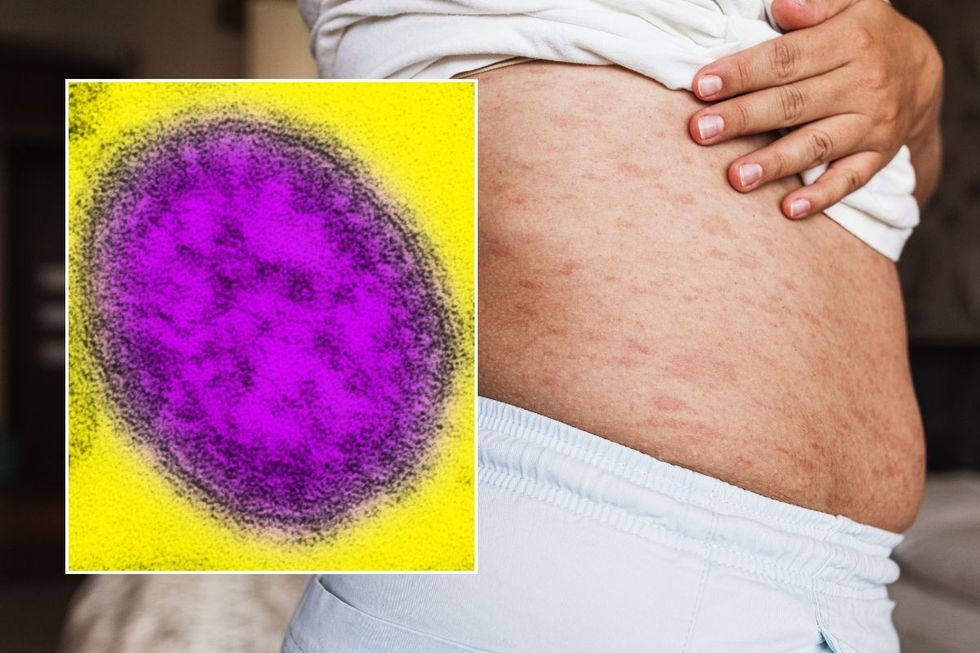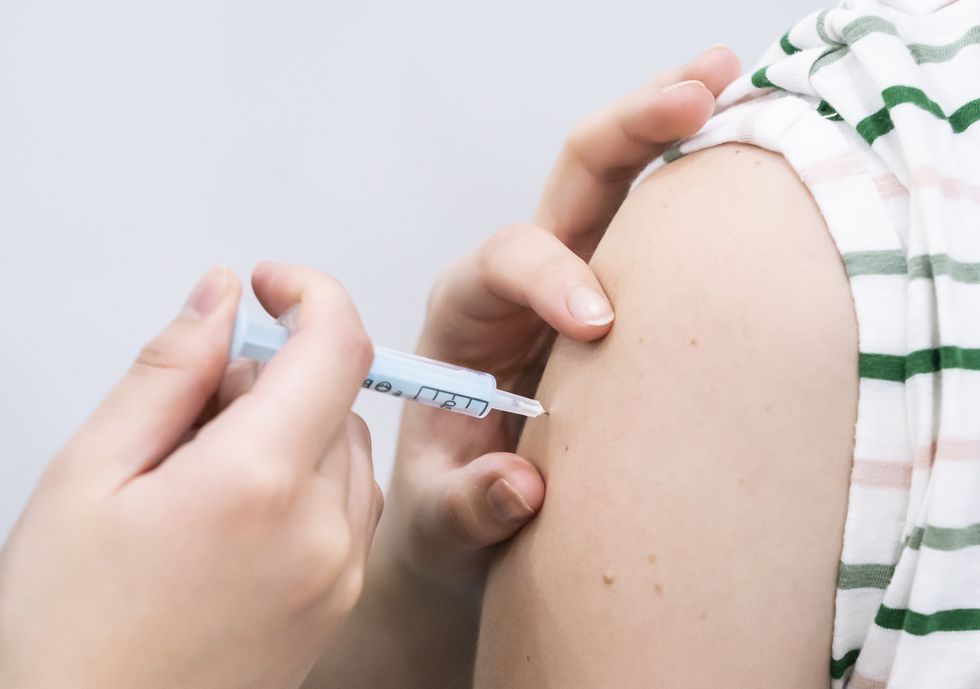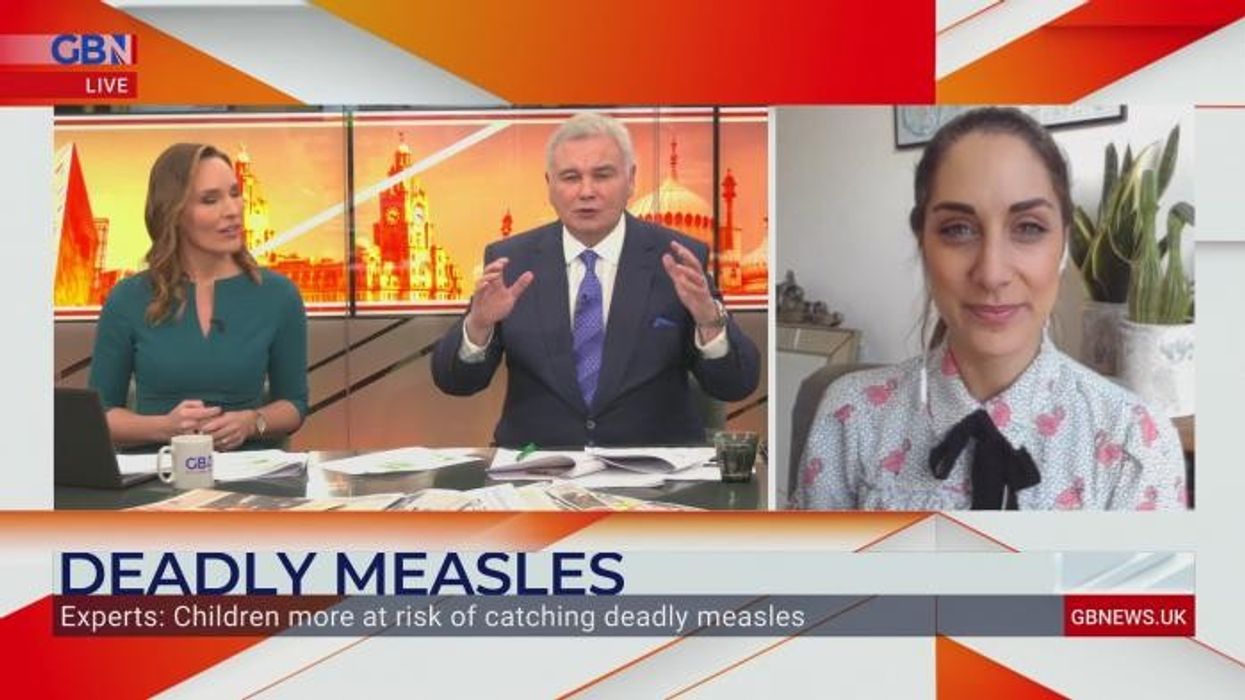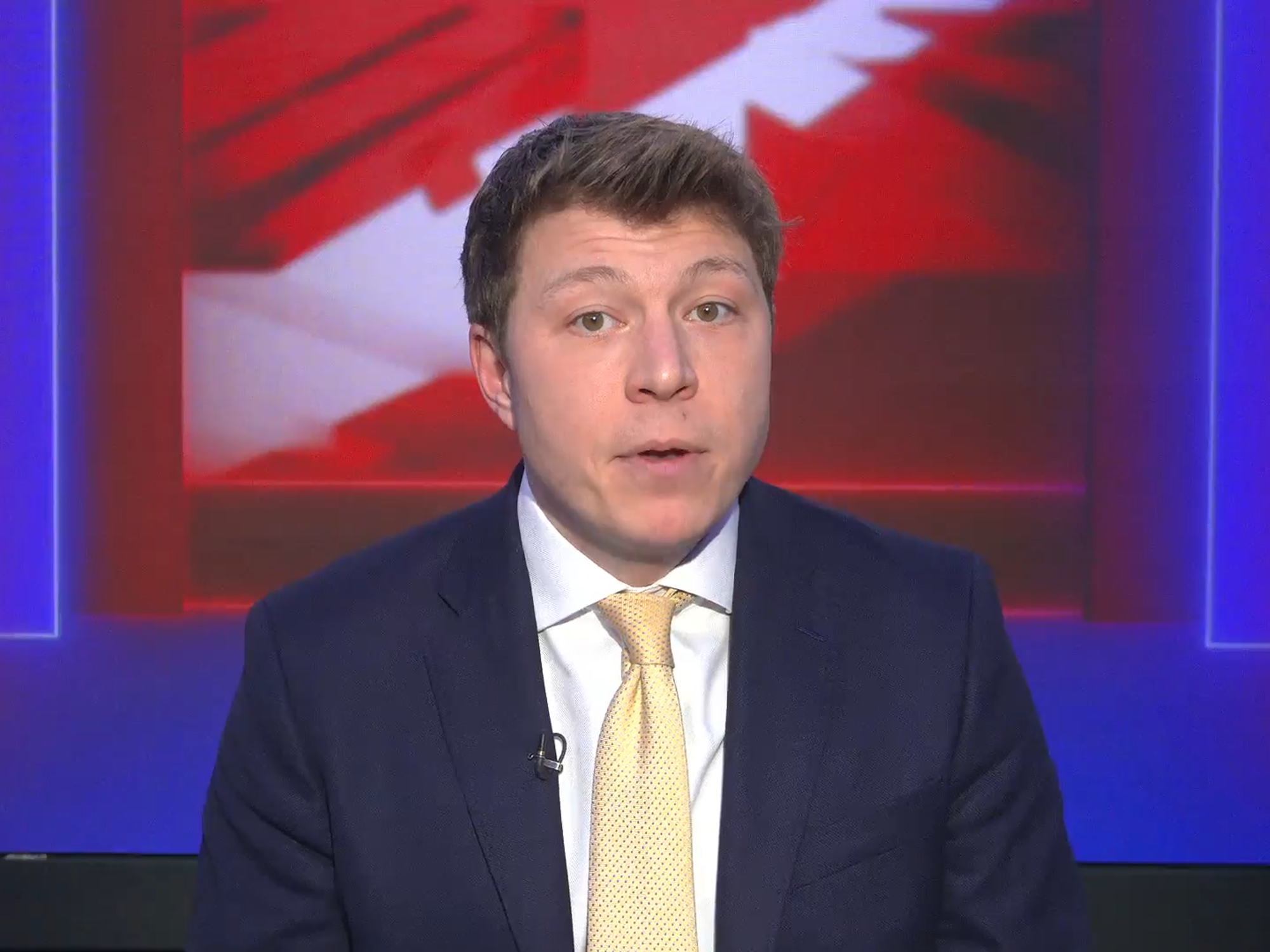Early warning signs of 'highly contagious disease' as science chief warns parents have forgotten 'it kills'

Measles spreads easily when an infected person breathes, coughs or sneezes
Don't Miss
Most Read
Latest
Science minister Lord Vallance has issued a stark warning that parents have forgotten the deadly nature of measles as vaccination rates continue to fall across the country.
"People have forgotten that measles kills. They think, 'Oh, measles—that's a pretty benign disease'. It's benign because we've got vaccination," Lord Vallance told The Times.
The 65-year-old, who became a prominent figure during the UK's Covid pandemic response, described it as "tragic" to witness people, predominantly children, dying from an entirely preventable disease.
"People used to have 12 children because they knew five were going to die," he said. "It doesn't happen like that anymore, and vaccination has been a major part of it."

Symptoms typically emerge between seven and 14 days after infection
|GETTY
His warning follows a dramatic surge in measles cases across England in 2024, with 2,911 confirmed infections, the highest figure recorded since 2012, and one death.
The initial symptoms of measles typically emerge between seven and 14 days after infection. These early warning signs include elevated body temperature, persistent cough, nasal congestion or discharge, and reddened, watery eyes.
According to the Mayo Clinic, "Most people recover from measles in about 10 days," though the illness can progress to more serious complications.
The characteristic rash typically emerges several days after initial symptoms, often beginning on the face before spreading across the body. Small white spots may develop inside the cheeks and lips.
The World Health Organisation warns that "Measles is a highly contagious disease caused by a virus. It spreads easily when an infected person breathes, coughs or sneezes."
Despite this alarming increase, vaccination rates have continued to decline. Fewer than 84 per cent of five-year-olds in England received both recommended doses of the measles, mumps and rubella (MMR) vaccine last year.
The figures have prompted serious concern among health professionals, who stress the importance of immunisation to prevent potentially life-threatening consequences from measles infection.
The situation reflects a broader trend, with none of the 14 childhood vaccines offered by the NHS achieving the 95 per cent uptake target required for herd immunity.
The capital has emerged as a particular area of concern, with nearly half of children in some parts of London not receiving both MMR doses by age five.
LATEST DEVELOPMENTS

Kensington and Chelsea recorded the lowest uptake of vaccines
| PAKensington and Chelsea recorded the lowest uptake nationally, with only 52.7 per cent of five-year-olds fully vaccinated against measles.
London dominated the list of areas with poor vaccination coverage, occupying 19 of the top 20 positions for low MMR uptake across England.
Beyond the capital, Nottingham recorded the worst vaccination rate outside London, with 71.4 per cent of children receiving both doses.
These regional disparities have heightened concerns about potential measles outbreaks in areas with insufficient vaccine coverage.











